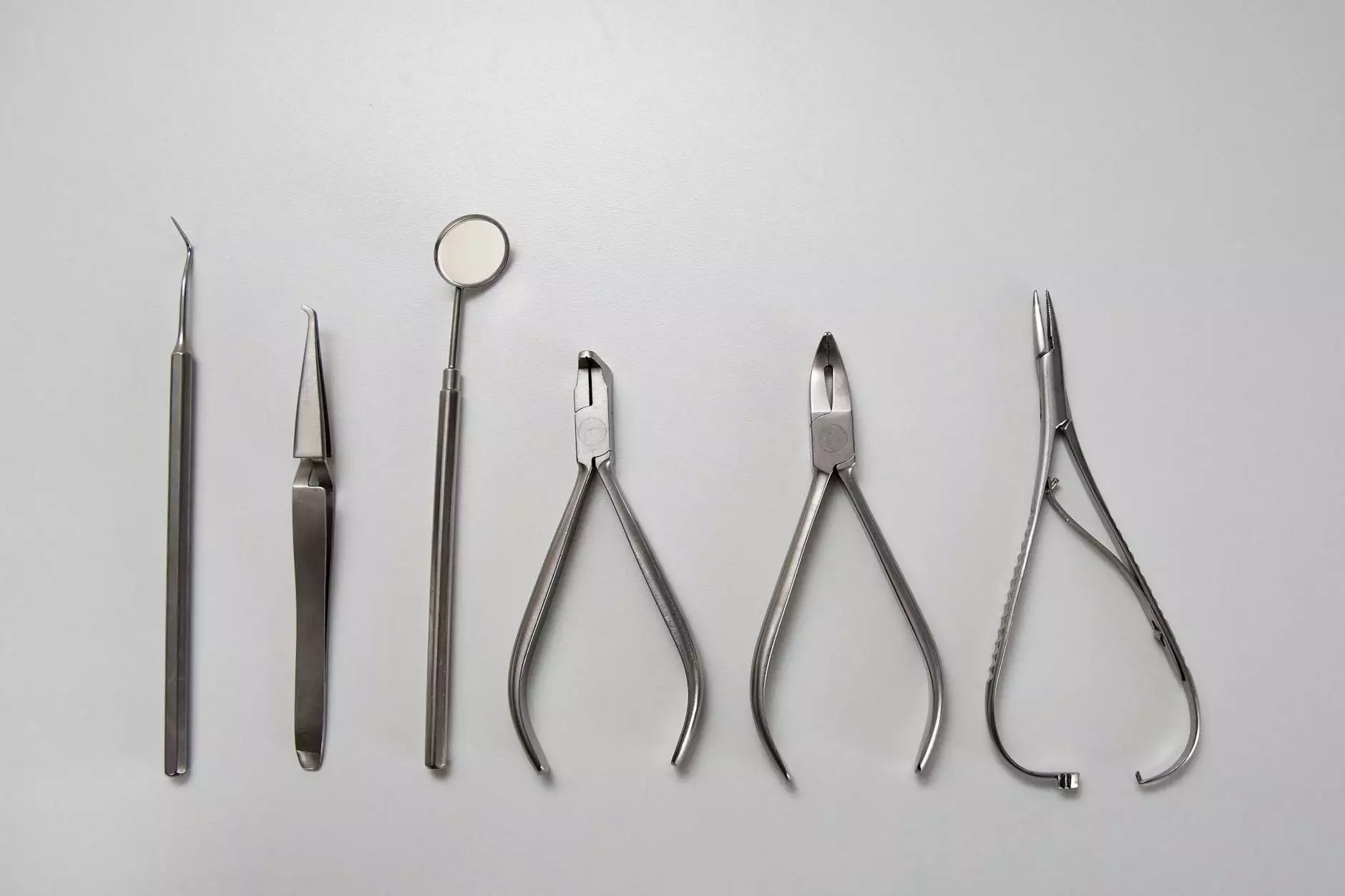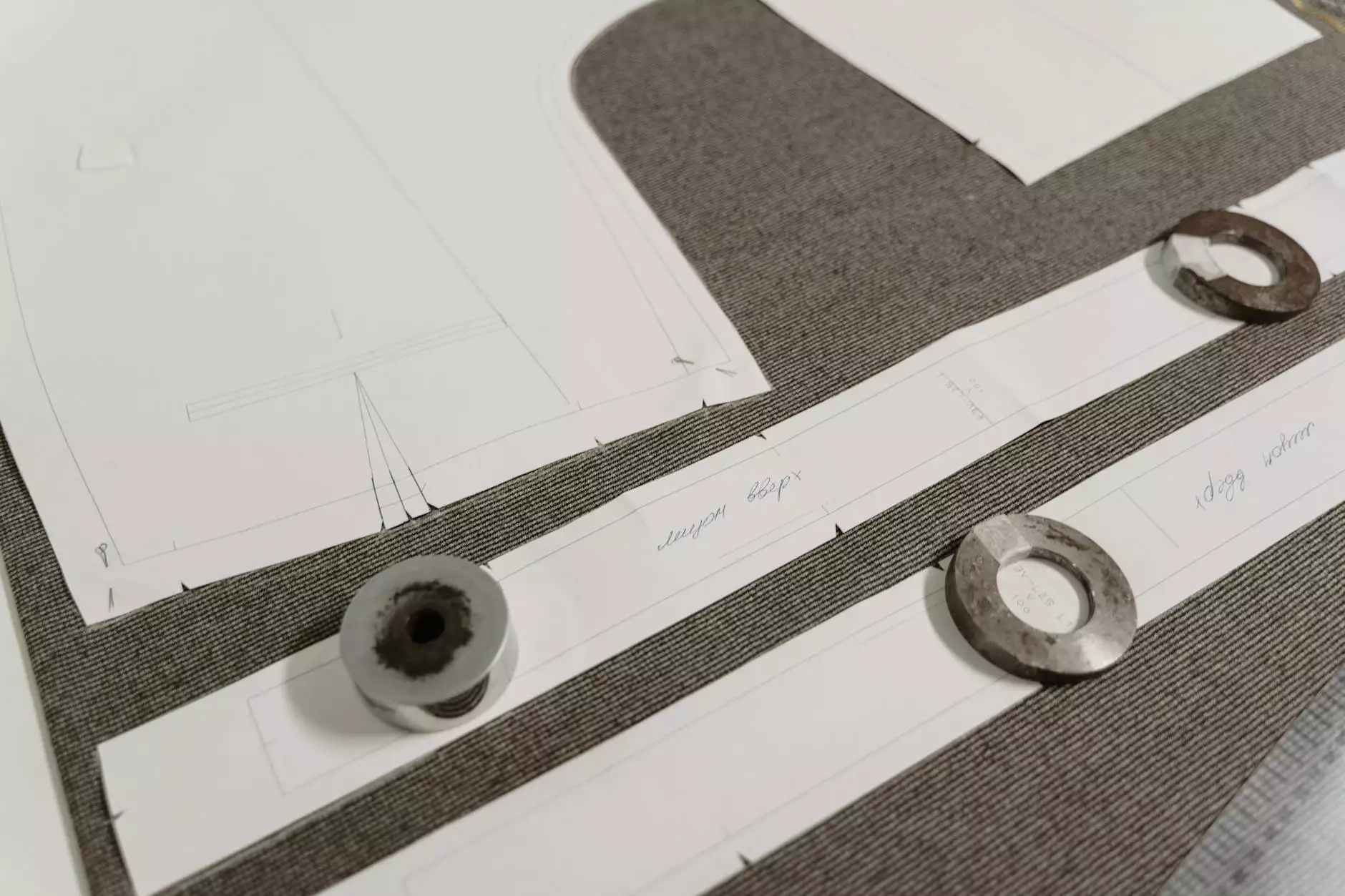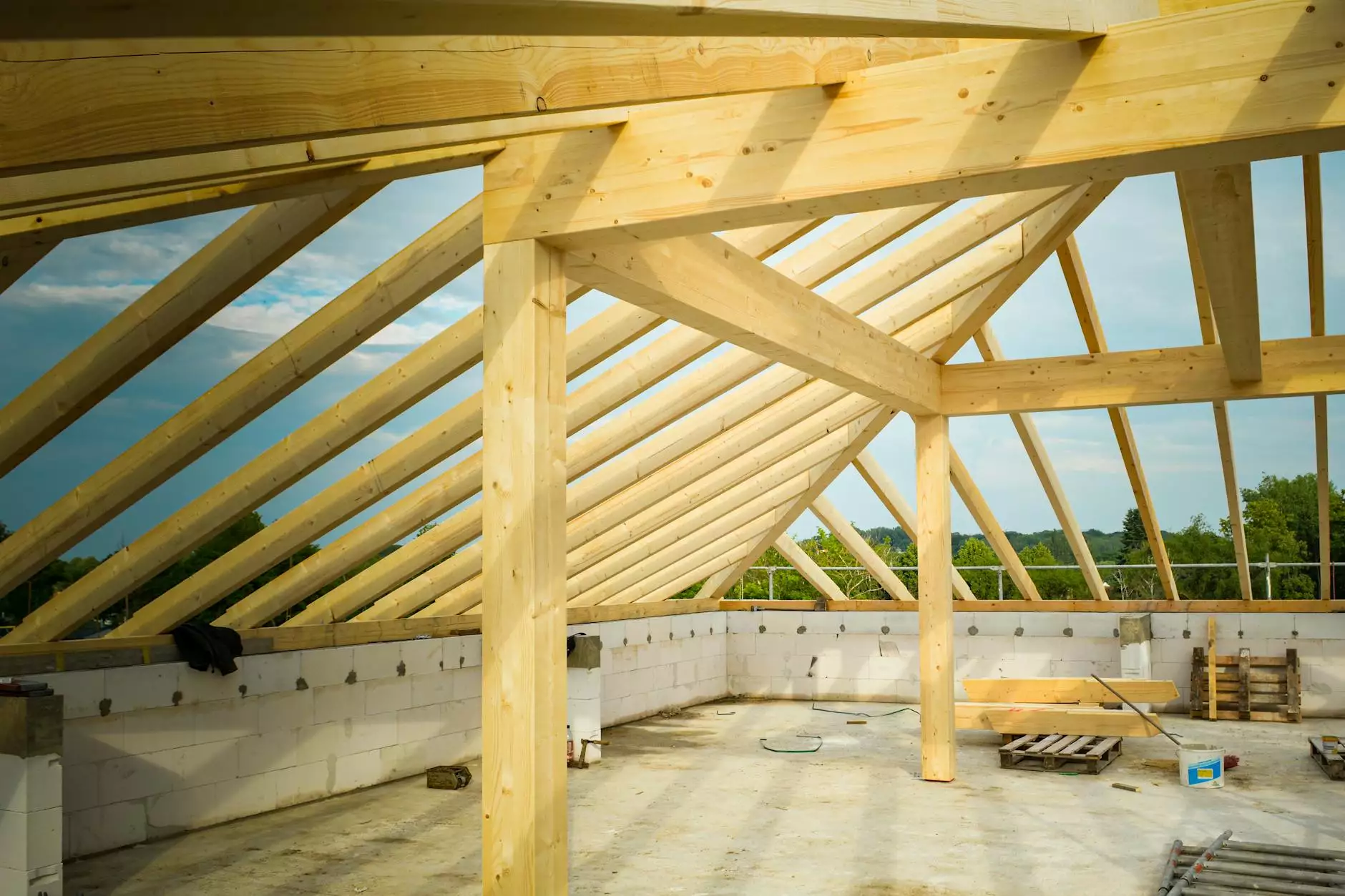The Importance of Correcting the Inferior Glide of Shoulder: A Comprehensive Guide

The inferior glide of shoulder is a crucial biomechanical movement that plays a significant role in maintaining shoulder joint stability and function. Whether you're an athlete, a weekend warrior, or someone dealing with chronic shoulder issues, understanding this movement is vital. In this article, we will delve into what the inferior glide is, its relevance in shoulder mechanics, and how to address potential dysfunctions. By the end of this comprehensive guide, you will be equipped with valuable knowledge that can help improve your shoulder health.
Understanding the Inferior Glide of Shoulder
The inferior glide refers to the movement of the humeral head (the ball of the shoulder joint) downward within the glenoid cavity (the socket in the shoulder blade). This movement is essential for several reasons:
- Joint Mobility: The inferior glide allows for overhead movements and helps maintain functional range of motion.
- Load Distribution: Proper gliding distributes loads across the shoulder joint, reducing the risk of impingement and injury.
- Stability: It ensures that the humeral head remains properly seated in the glenoid, contributing to overall shoulder stability.
Biomechanics of the Shoulder Joint
The shoulder is a complex joint comprised of bones, muscles, ligaments, and tendons. Key components include:
- Scapula: The shoulder blade, which provides the socket for the humerus.
- Clavicle: The collarbone, which connects the arm to the body at the sternum.
- Humerus: The upper arm bone, which contains the ball that fits into the glenoid cavity.
These structures work together to provide a wide range of motion while simultaneously maintaining joint stability. The inferior glide is facilitated by congruency among these components and the coordinated efforts of the muscles surrounding the joint.
Common Causes of Inferior Glide Dysfunction
Dysfunction in the inferior glide of the shoulder can lead to a variety of problems, including pain, stiffness, and reduced range of motion. Some common causes include:
- Muscle Imbalances: Weakness in certain muscle groups, particularly the rotator cuff muscles or scapular stabilizers, can alter shoulder mechanics.
- Postural Deviations: Poor posture, often seen in individuals who sit for long periods, can lead to tightness and weakness around the shoulder girdle.
- Injury or Trauma: Falls, accidents, or sports-related injuries can disrupt the normal gliding mechanics of the shoulder.
- Repetitive Strain: Activities that require repetitive overhead motions can lead to micro-trauma and altered biomechanics.
Identifying Inferior Glide Dysfunction
If you suspect that you may have an inferior glide dysfunction, it’s essential to conduct a self-assessment or consult a healthcare professional, such as a chiropractor or physical therapist. Here are some signs to look for:
- Limited Range of Motion: Difficulty lifting your arm overhead or reaching behind your back may indicate issues with the shoulder mechanics.
- Pain: Persistent pain in the shoulder, especially during overhead activities, can signal inferior glide dysfunction.
- Pop or Click Sounds: Noises during shoulder movement can be indicative of irregular joint mechanics.
Benefits of Improving Inferior Glide of Shoulder
Correcting inferior glide dysfunction can lead to numerous benefits for overall shoulder health, including:
- Enhanced Mobility: Improved gliding mechanics can restore full range of motion, making daily activities easier and more enjoyable.
- Reduced Pain: By alleviating pressure on structures within the shoulder joint, individuals often experience significant reductions in pain levels.
- Increased Strength: Proper mechanics can enable more effective strength training of the shoulder, leading to better functional performance.
- Avoiding Injuries: By addressing mechanical issues, you can significantly reduce the risk of shoulder injuries.
Effective Strategies for Improving Inferior Glide
To improve the inferior glide of the shoulder, a combination of therapeutic exercises, stretches, and professional interventions can be beneficial. Below are some effective strategies:
1. Stretching Tight Muscles
Stretching can help improve the overall flexibility of the shoulder. Focus on:
- Chest Stretch: Stand in a doorway with your arms outstretched and lean forward to open up the chest area.
- Shoulder Stretch: Pull your arm across your body with the opposite hand to stretch the shoulder and upper back.
2. Strengthening Weak Muscles
Targeting the rotator cuff and scapular stabilizers can enhance shoulder function. Recommended exercises include:
- External Rotations: Use a resistance band to perform external rotation movements, which help strengthen the rotator cuff.
- Scapular Retractions: Performing rows with resistance can improve the strength of the scapular stabilizer muscles.
3. Manual Therapy
Consider seeking help from a professional who specializes in shoulder rehabilitation. Techniques such as:
- Joint Mobilization: A therapist can perform specific mobilizations to improve glide.
- Soft Tissue Manipulation: Techniques such as massage can reduce tightness in surrounding muscles.
Lifestyle Modifications for Shoulder Health
In addition to targeted exercises and therapy, making some lifestyle modifications can help prevent shoulder issues:
- Good Posture: Ensure that you maintain an ergonomic workstation and practice good posture throughout the day.
- Warm-Up and Cool Down: Always warm up before and cool down after workouts or strenuous activities.
- Avoid Overuse: Be mindful of overhead activities and allow your body time to rest and recover.
Conclusion
Understanding the inferior glide of shoulder and its importance is crucial for anyone looking to enhance shoulder health. Whether you are an athlete or someone recovering from an injury, taking proactive steps towards improving this aspect of shoulder mechanics can lead to greater functionality, reduced pain, and overall well-being.
By incorporating the suggestions outlined in this article and seeking professional guidance when necessary, you take significant strides toward maintaining a healthy, functional shoulder. Remember, prevention is key, so make these practices part of your regular routine to keep your shoulders in top shape.
For more information on shoulder health and physical therapy, visit us at IAOM-US.









